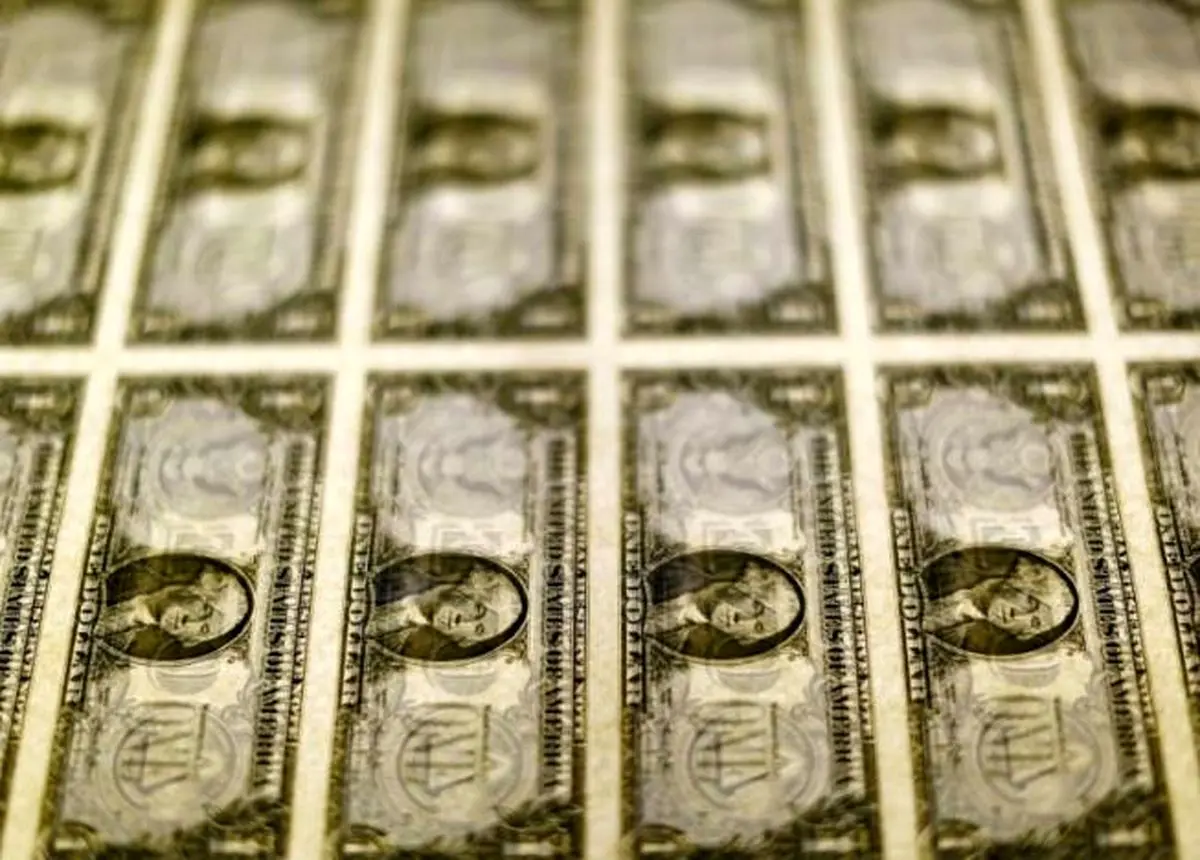Dollar edges away from highs, Spain crisis pressures euro

The dollar edged away from last week’s three-month highs on Monday, while the euro nursed losses after the European Central Bank and unrest in Spain’s Catalonia led it to post its worst week this year.
The dollar index, which tracks the greenback against a basket of six major rivals, dipped 0.2 percent to 94.775 but remained not far from Friday’s three-month high of 95.150.
The euro inched 0.1 percent higher to $1.1614, after plumbing a three-month low of $1.1574 on Friday, and losing 1.6 percent for the week, its worst performance in 11 months.
On Saturday, sacked Catalonian president Carles Puigdemont called for peaceful “democratic opposition” to the central government’s takeover of the region following its unilateral declaration of independence from Spain.
On Thursday, the ECB said it will extend its bond purchases into September 2018 while reducing its monthly purchases by half to 30 billion euros starting in January. The move led investors to bet that the central bank would not begin hiking rates until 2019.
“The ECB wanted to keep its accommodative policy longer, to achieve its inflation goal,” said Masafumi Yamamoto, chief forex strategist at Mizuho Securities.
“So the latest downward movement in the euro was expected, and I think it will continue for a while,” he said. “Until the Catalonian situation settles, it will remain a headwind.”
In contrast with the ECB, the U.S. Federal Reserve is expected to resume raising interest rates, perhaps as early as December.
“The market has already pretty much priced in a December move, so the real key question is how much the markets price in for next year, and that could drive the dollar even higher in the short term if we see more being priced in,” said Mitul Kotecha, head of Asia macro strategy for Barclays in Singapore.
Data on Friday showed that the U.S. economy grew at a 3.0 percent annual rate in the third quarter, faster than the 2.5 percent forecast by economists polled by Reuters.
“The strong Q3 GDP numbers have helped the dollar,” Kotecha said.
Also helping is the speculation that President Donald Trump could appoint as Fed chief someone who favors a faster pace of rate increases than current Chair Janet Yellen, whose term expires in February.
Trump is leaning toward nominating Fed Reserve Governor Jerome Powell to be the next head of the U.S. central bank, two sources familiar with the matter said on Friday. Trump will announce his nominee this week.
Speculators’ net short bets on the U.S. dollar in the week ended Oct. 24 fell to their smallest in nearly three months, according to calculations by Reuters and Commodity Futures Trading Commission data released on Friday.
Generally positive U.S. data over the past month as well as hawkish rhetoric from Fed officials has boosted expectations for a rate hike later this year.
The Fed will hold a two-day policy meeting on Tuesday and Wednesday at which it is expected to leave rates unchanged.
The dollar edged down 0.1 percent against the yen to 113.58, after notching a three-month high of 114.45 yen on Friday.
At its own two-day meeting ending on Tuesday, the Bank of Japan is set to keep intact a pledge to guide short-term interest rates at minus 0.1 percent and the 10-year Japanese government bond yield around zero percent.
BOJ Governor Haruhiko Kuroda is the leading candidate for a second five-year term when his current one ends in April, the Nikkei business paper reported on Saturday, which would likely mean continuation of the bank’s ultra-easy monetary policy.
Prime Minister Shinzo Abe’s victory in a lower house election this month heightened expectations the BOJ’s ultra-loose policy - a key pillar of his “Abenomics” stimulus policies - will continue, as inflation remains well short of the central bank’s inflation target. Japan’s core consumer prices rose 0.7 percent on year in September.
But data released earlier on Monday suggest Japan’s economic recovery was gaining momentum. Retail sales rose last month at their fastest pace in three months.
END
